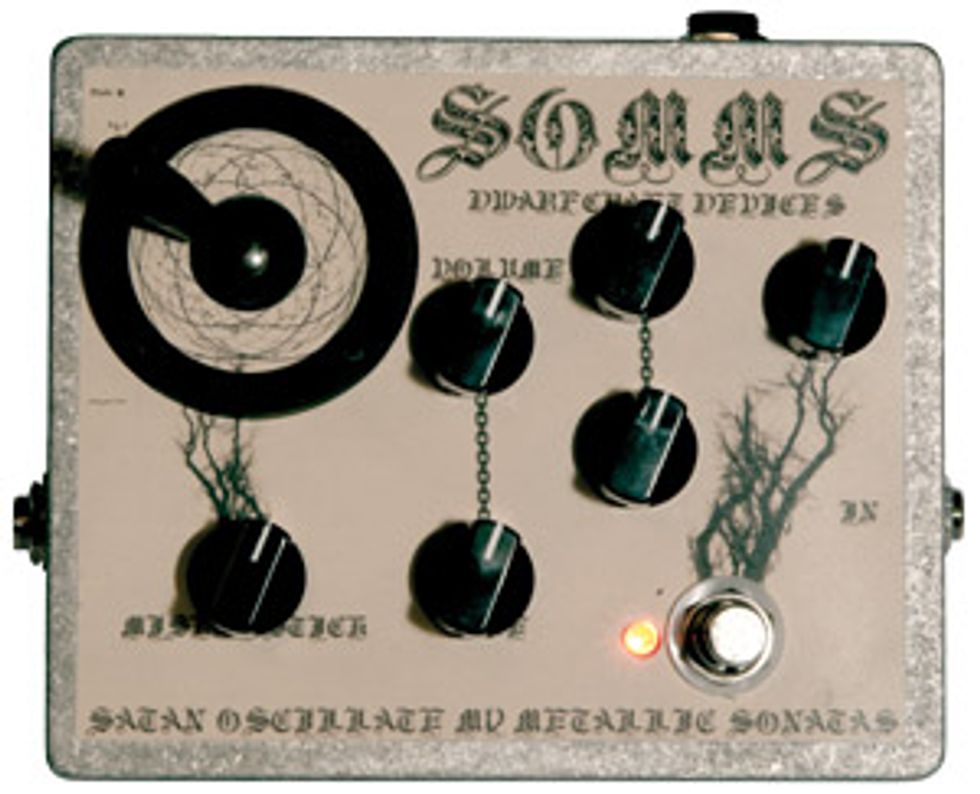
There’s a passage from horror writer H.P. Lovecraft’s The Dreams in the Witch House that beautifully summarizes what it’s like to witness an extraordinary and radical guitar moment. “The shrieking, roaring confusion of sound which permeated the abysses was past all analysis as to pitch, timbre or rhythm; but seemed to be synchronous with vague visual changes in all the indefinite objects, organic and inorganic alike.”
It’s also an apt, if highly poetic, way to describe the capabilities of the new Satan Oscillate My Metallic Sonatas from Dwarfcraft—a downright diabolical machine capable of creating walls of harmonically twisted synth tones that you can blend with your guitar signal.
The Spawn
The Satan Oscillate My Metallic Sonatas
(henceforth referred to here as SOMMS)
builds on ideas explored in two other curiously
monikered pedals in Dwarfcraft’s line:
the Thumping Double Squaresnakes and
the Rot Yr Brain. Though both of these
units evade simple definition, the Thumping
Double Squaresnakes is essentially a sound
generator with a pair of square-wave oscillators.
Rot Yr Brain is a sound generator
with four square-wave oscillators that are
controlled by two level controls and two
ultra-cool joysticks. The SOMMS combines
features of both devices, including four
square-wave oscillators and a joystick. But
it also allows you to blend in a clean input
signal alongside the brutal synth tones.
Typically a synth pedal tracks the incoming tone from your guitar and, depending on pitch, uses it to tune oscillators that produce the synth tones. With the SOMMS, your input signal and the synth signal are entirely independent. The idea is to use the synthetic wall of sound as an accompaniment to your instrument.
I’ve played with a lot of noisemakers in the past—analog synths and various circuitbent keyboards. Even so, it’s hard to know exactly where to start with the SOMMS. The controls are not clearly marked and their layout is unusual. As such, a desire to tweak and experiment is required from the outset. If you’re open-minded, it’s a refreshing approach—one that removes a lot of preconceived notions and makes you work in a more intuitive mode.
Devilish Blends
It takes a bit of tweaking to understand the
function and dynamics of the controls, especially
given that a single control can have two
functions and affect the performance of other
controls. For instance, the blend control on
the far right does not simply blend the synth
signal with your guitar input. At its minimum
setting, the blend control isolates the
synth signal. But it also darkens it, sucking
out all of the highs and most of the mid
frequencies. As the control is increased, your
guitar signal can be heard, but the overall
output of the synths is also brightened. At
noon, the synth and guitar are at equal levels,
and the synth output is at its brightest. At
this setting, the bright artifacts of the squarewave
oscillators light up the high-frequency
spectrum with the ferocity of a buzz saw.
The five additional controls alter the pitch and volume of the oscillators. Within the SOMMS there are four square-wave oscillators. They’re unnamed on the pedal, so I’ll invent some names for the sake of reference: Osc1, Wide, Demon1, and Demon2. Osc1 and Wide each have independent pitch and volume controls. The pitch range of Osc1 is within the range of melody, and setting this control’s pitch determines the melodic foundation for your sonic wall of doom. The Wide oscillator has a much wider pitch range. The minimum pitch is about 5 Hz. At this setting, you’ll hear the square wave clicking on and off about five times every second, and it’s great for adding rhythmic elements to the drone. You can also use this rhythmic element to create a steady beat—almost like a very organic and asymmetrically shaped tremolo.
Ratings
Pros:
Unique tonal possibilities. devastating sonic
potential. Joystick!
Cons:
Limited practicality. Somewhat difficult
learning curve. Somewhat expensive.
Tones:
Ease of Use:
Build:
Value:
Street:
$279
DwarfCraft Devices
dwarfcraftdevices.com
Sweeping the Wide oscillator’s pitch control from minimum to maximum seems to pass through the entire range of human hearing. At maximum settings, you can barely hear the high-pitch whine—similar to having a cathode ray tube television on in the room. (Remember those?) And because of its range, you can also use the Wide oscillator as a harmonic counterpart to Osc1, a companion you can dial in for extreme, but very musical overtones.
The Demon1 and Demon2 oscillators tend to create haunting, discordant intervals or bending, screeching sounds. Both of these oscillators are enabled with a single volume control, and pitch is controlled with the ultra-cool joystick (left/right for Demon1, up/down for Demon2). The joystick enables really detailed and nuanced tweaking. There’s just enough tension that it will stay put when you let go, and there’s enough resistance that you can work the joystick very effectively with your foot—making the pedal a practical stage tool once you’ve mastered the techniques and sounds you’ll use the most.
The Verdict
There’s really no way to cover the whole range
of sounds you can get from the SOMMS in
a single review. And describing some of the
more radical tones would take Lovecraft’s penchant
for defining the phantasmagorical. To
effectively use the SOMMS, you must have
an open mind, an ear for the unusual, and the
willingness to surrender control in some measure.
You must be willing to explore to find
the tones that work for you, and you need
to be on the hunt for some really unusual
textures to begin with. That’s the draw of this
unit and other tone machines like it—the
unknown, the mysterious, and the occasional
flash of random magic.
If you rarely stray from traditional bluesrock forms, there are subtler ways to add texture to your guitar work. This is really a unit for prog- and post-rock experimentalists, noise junkies, industrial musicians, and anyone else who doesn’t mind a plunge into the unknown. If that’s you, you might just be willing to sell your soul for the SOMMS.












![Rig Rundown: AFI [2025]](https://www.premierguitar.com/media-library/youtube.jpg?id=62064741&width=1245&height=700&quality=70&coordinates=0%2C0%2C0%2C0)












 Shop Scott's Rig
Shop Scott's Rig

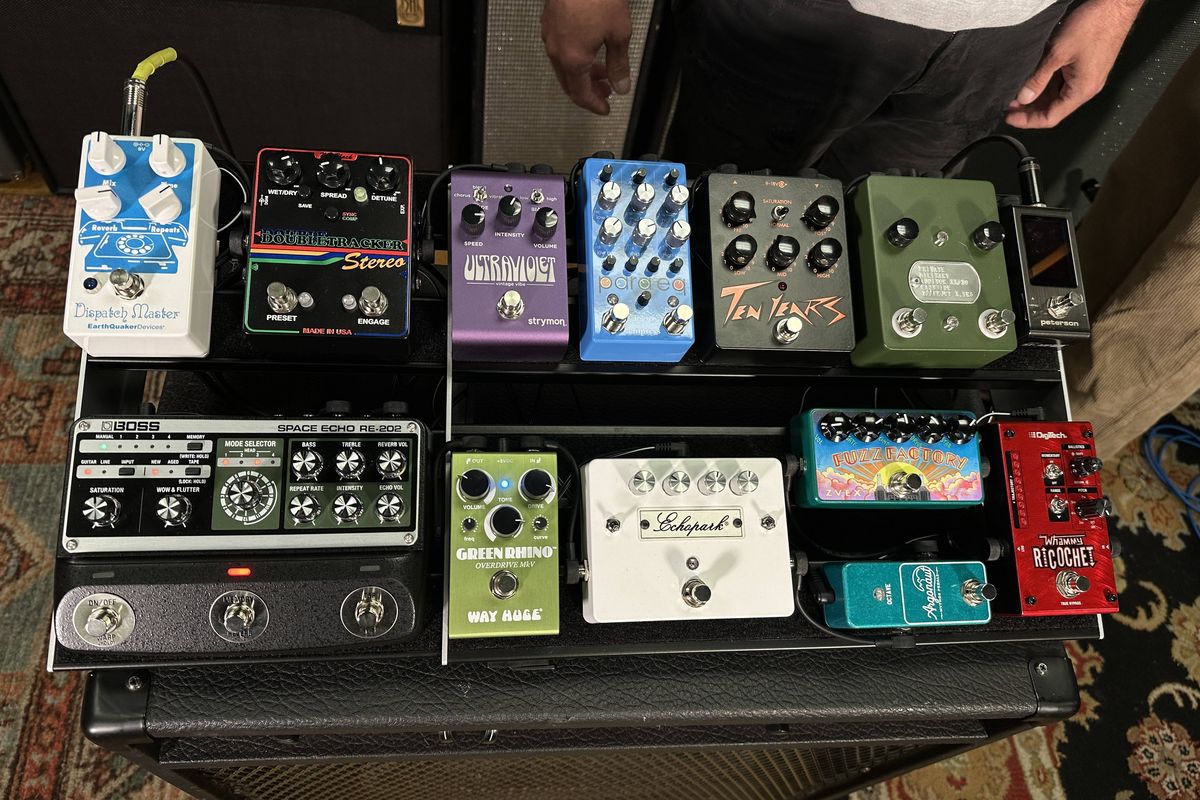
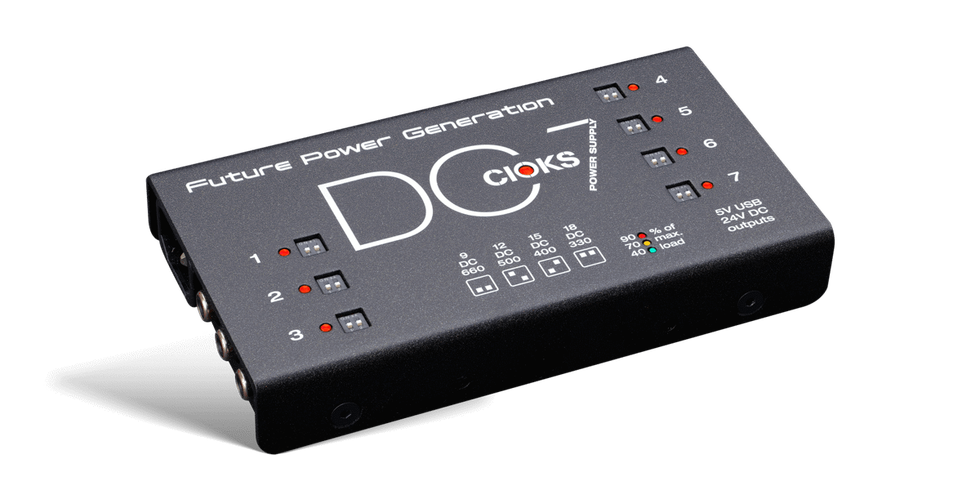
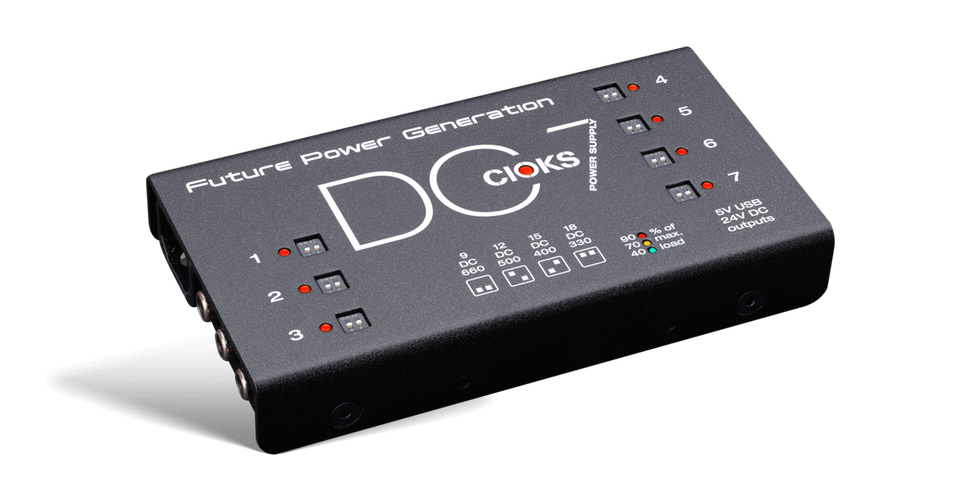
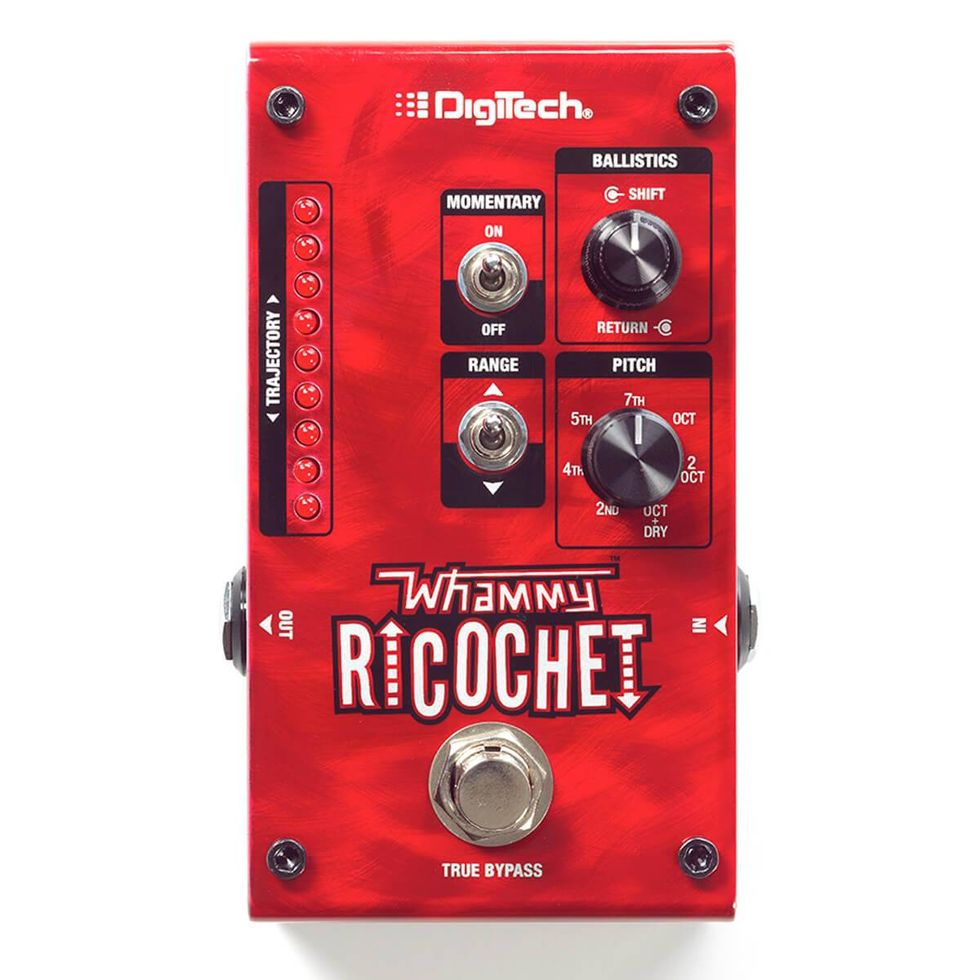
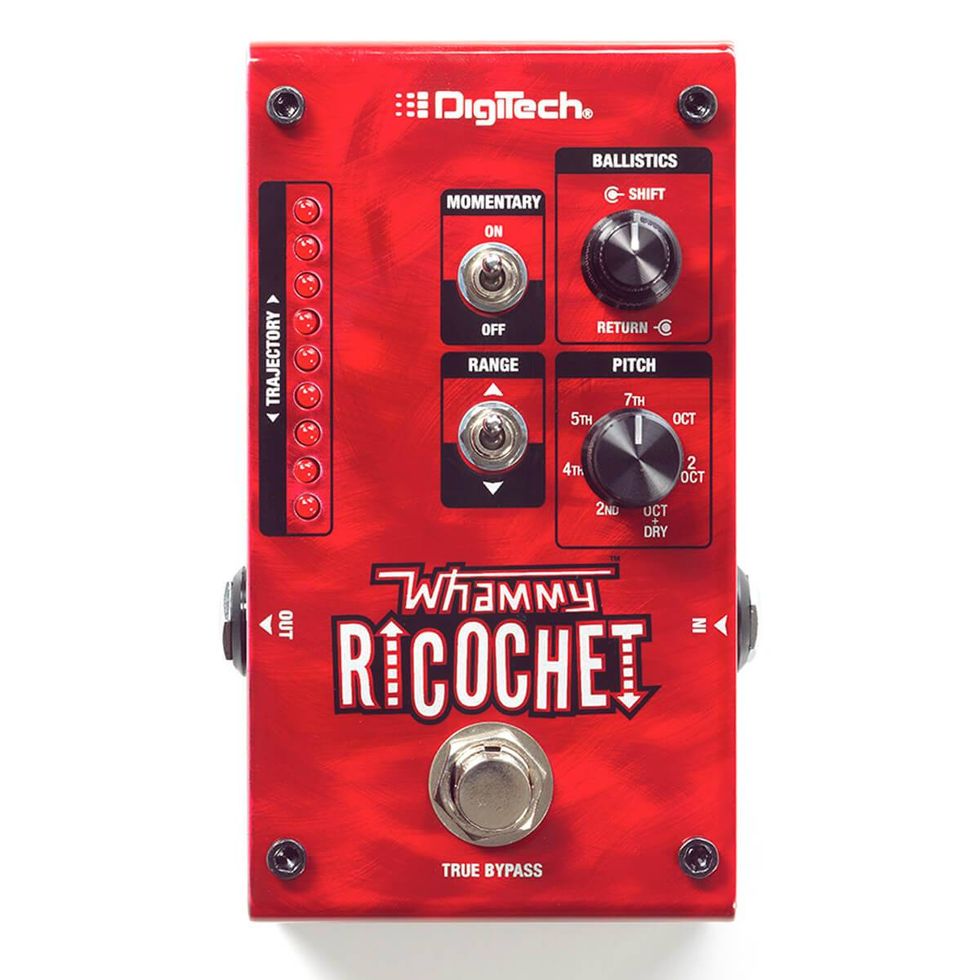
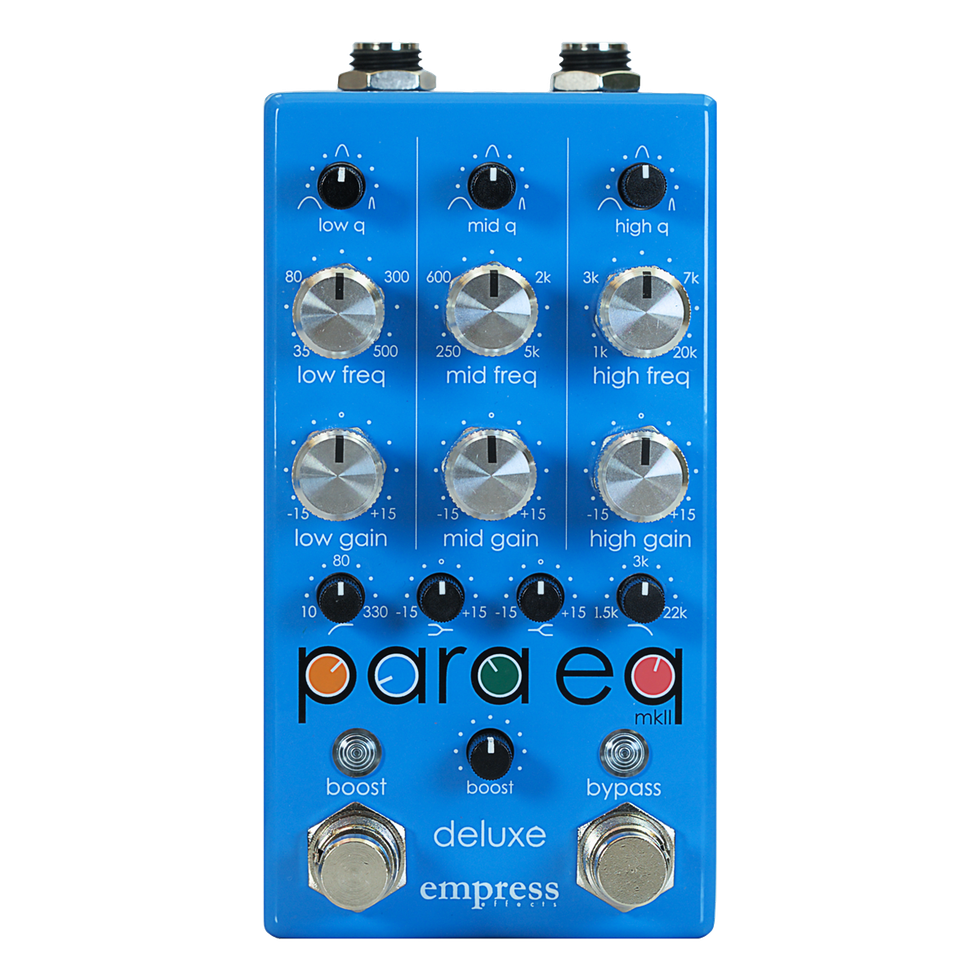
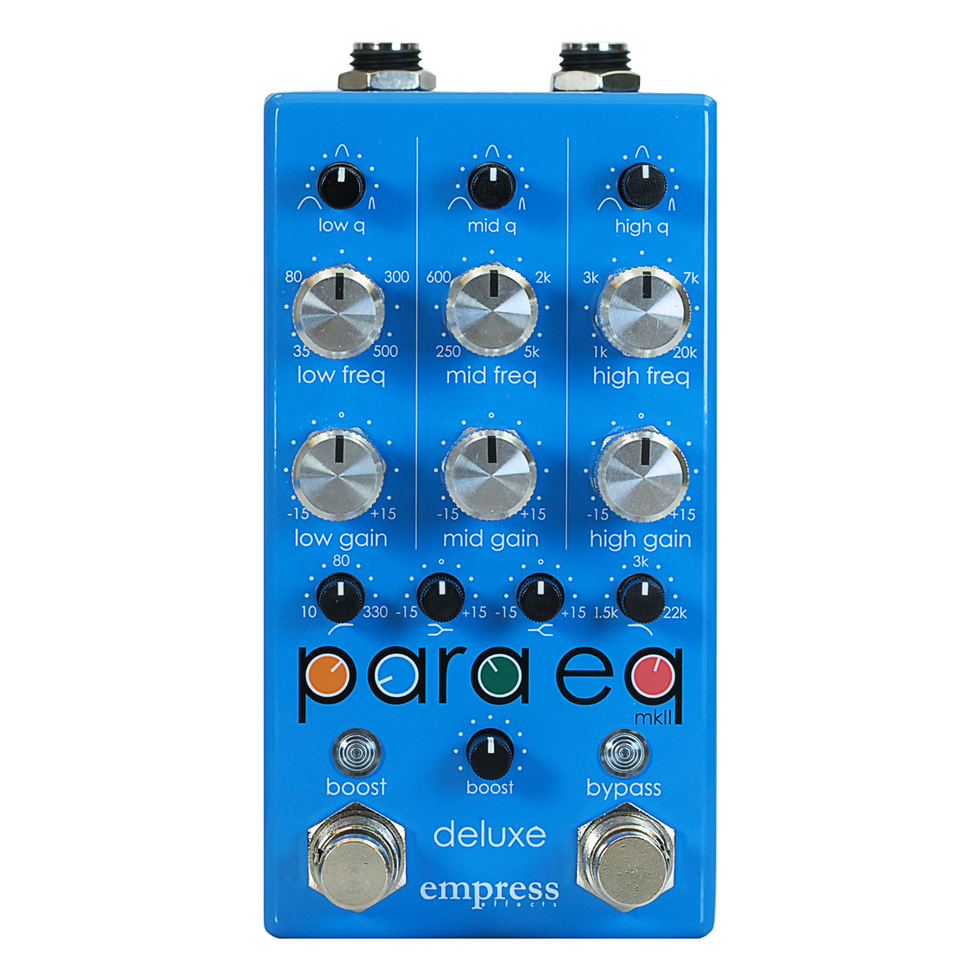
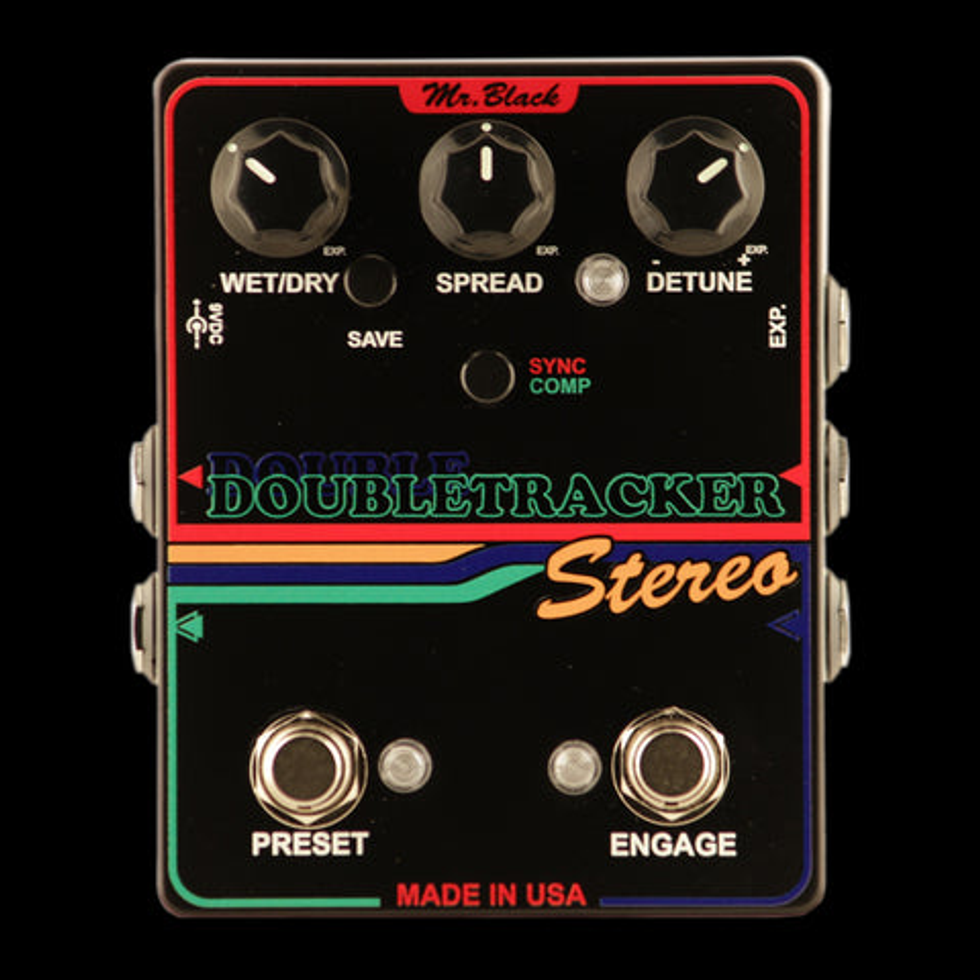
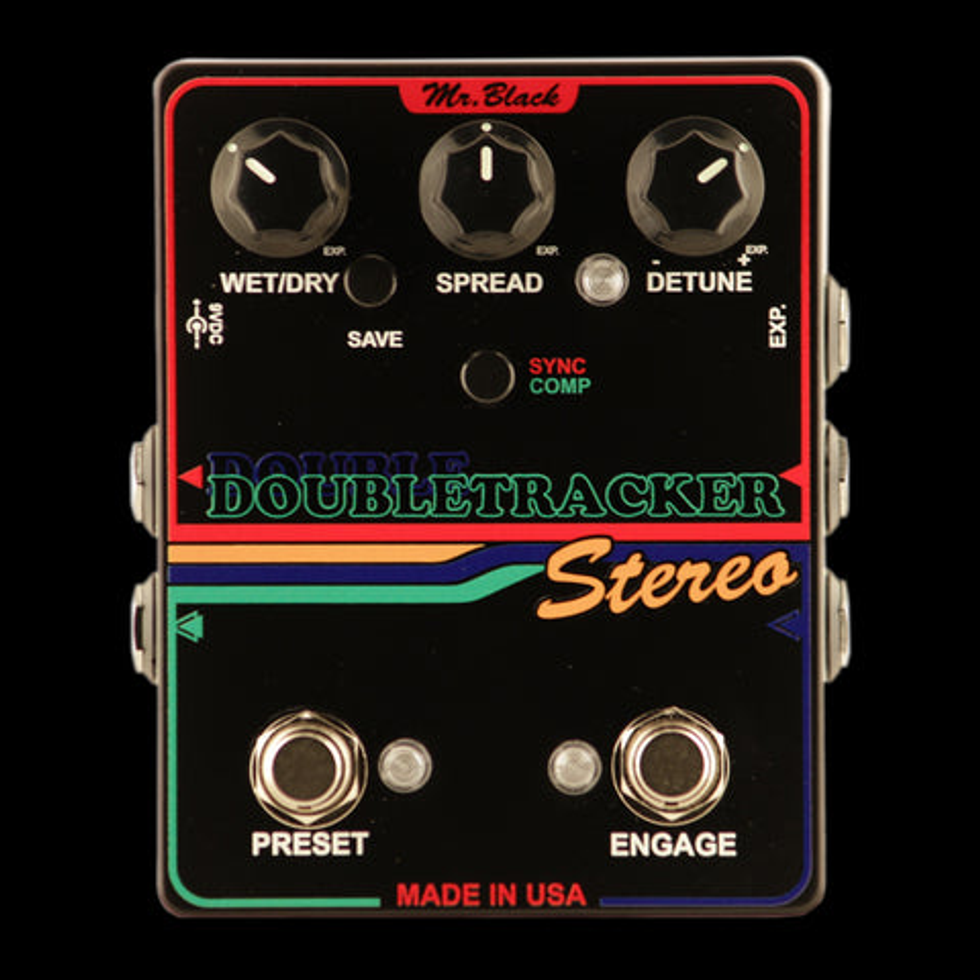
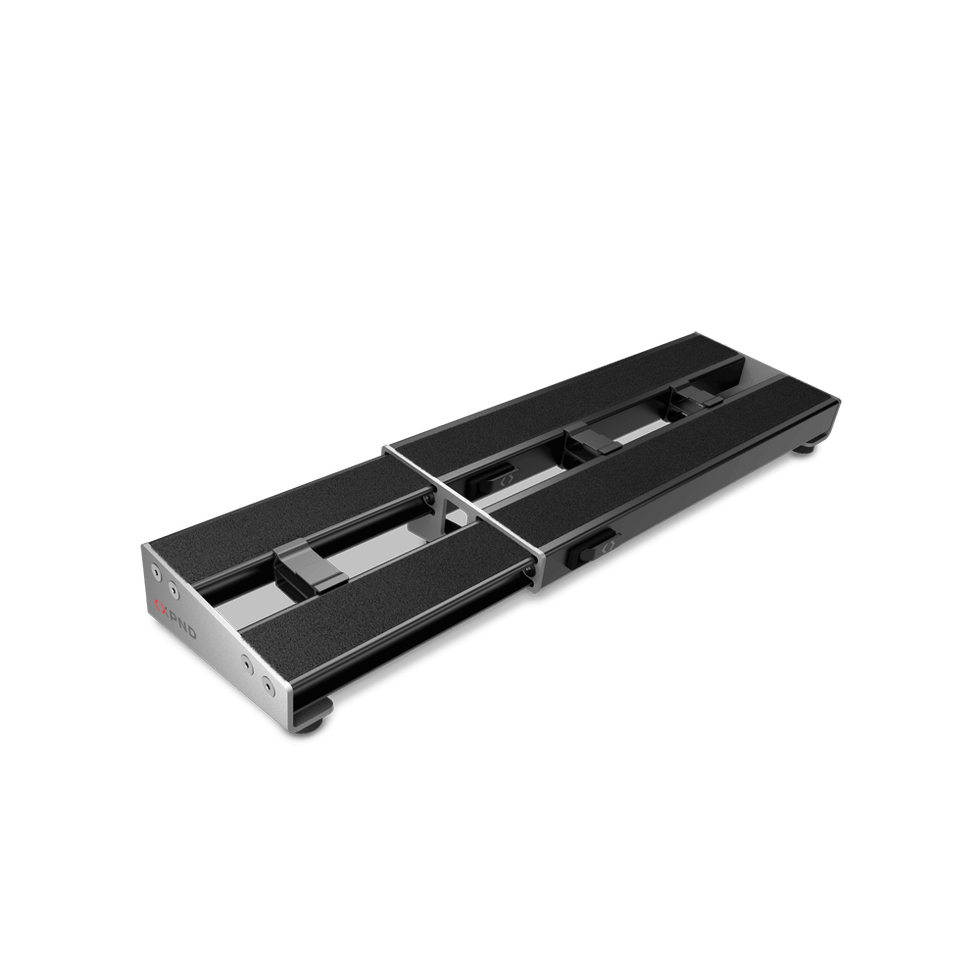
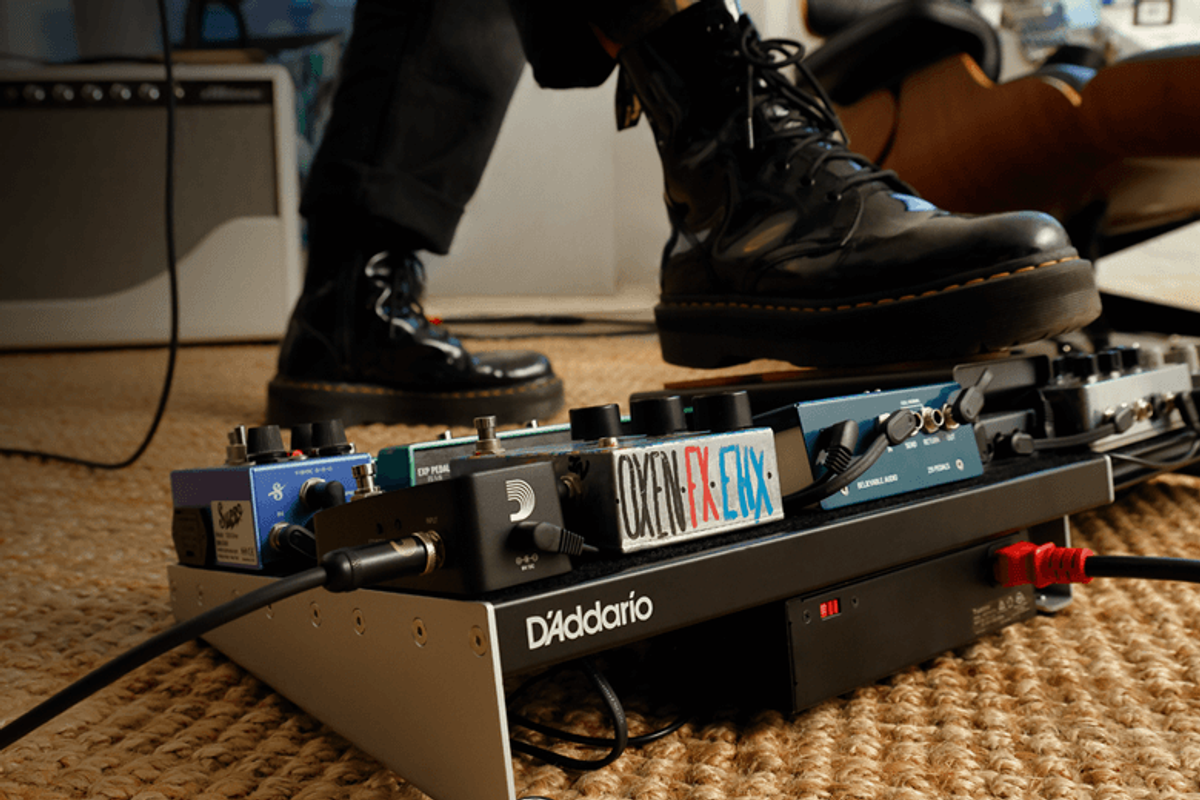
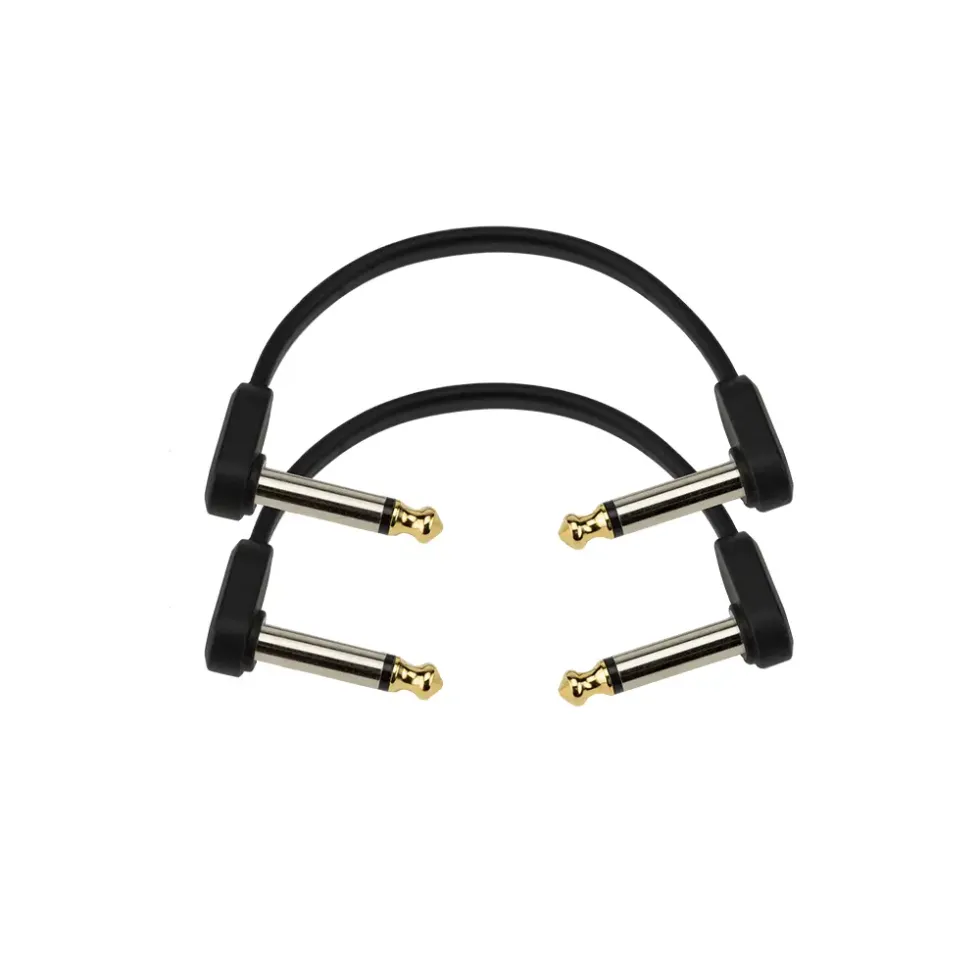
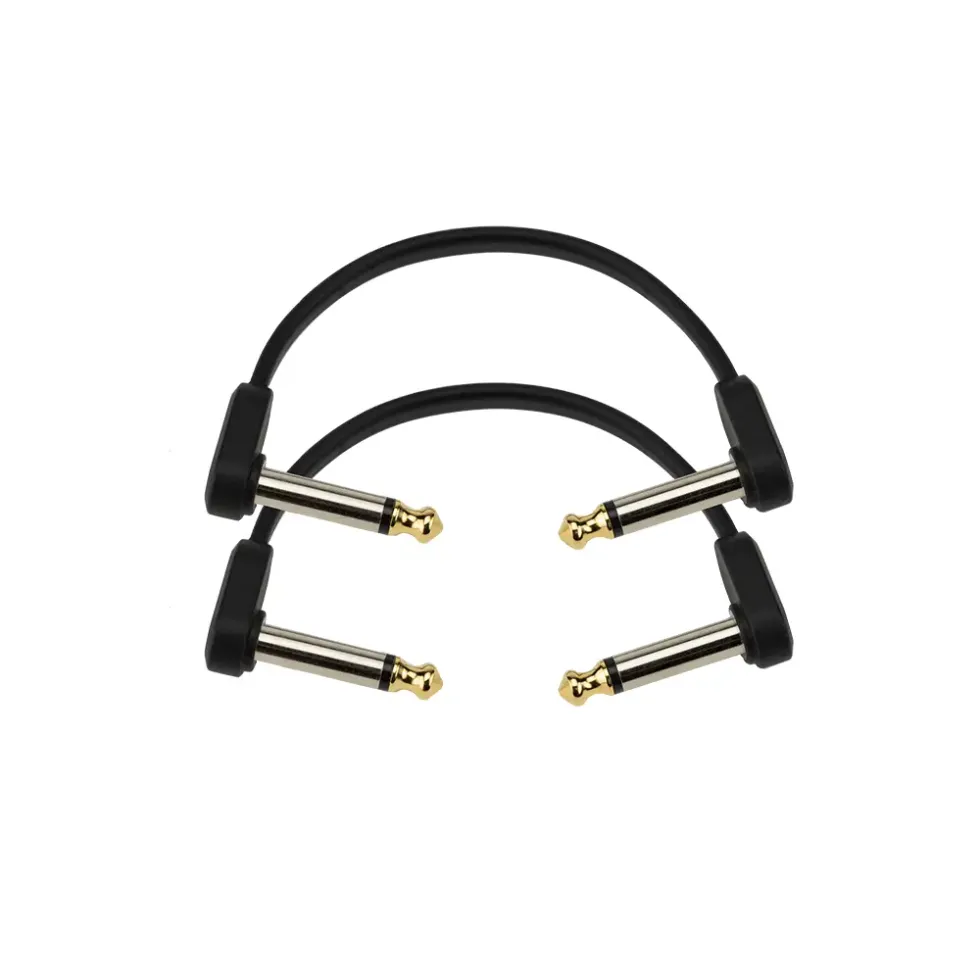
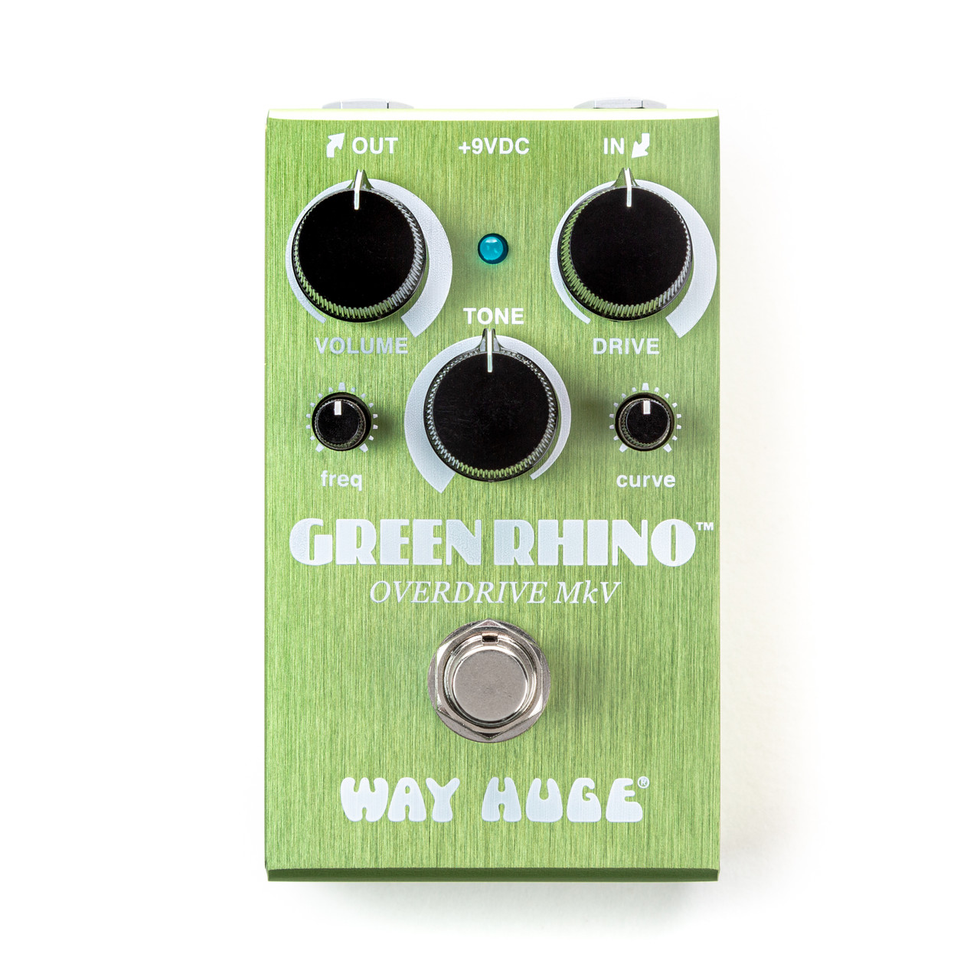
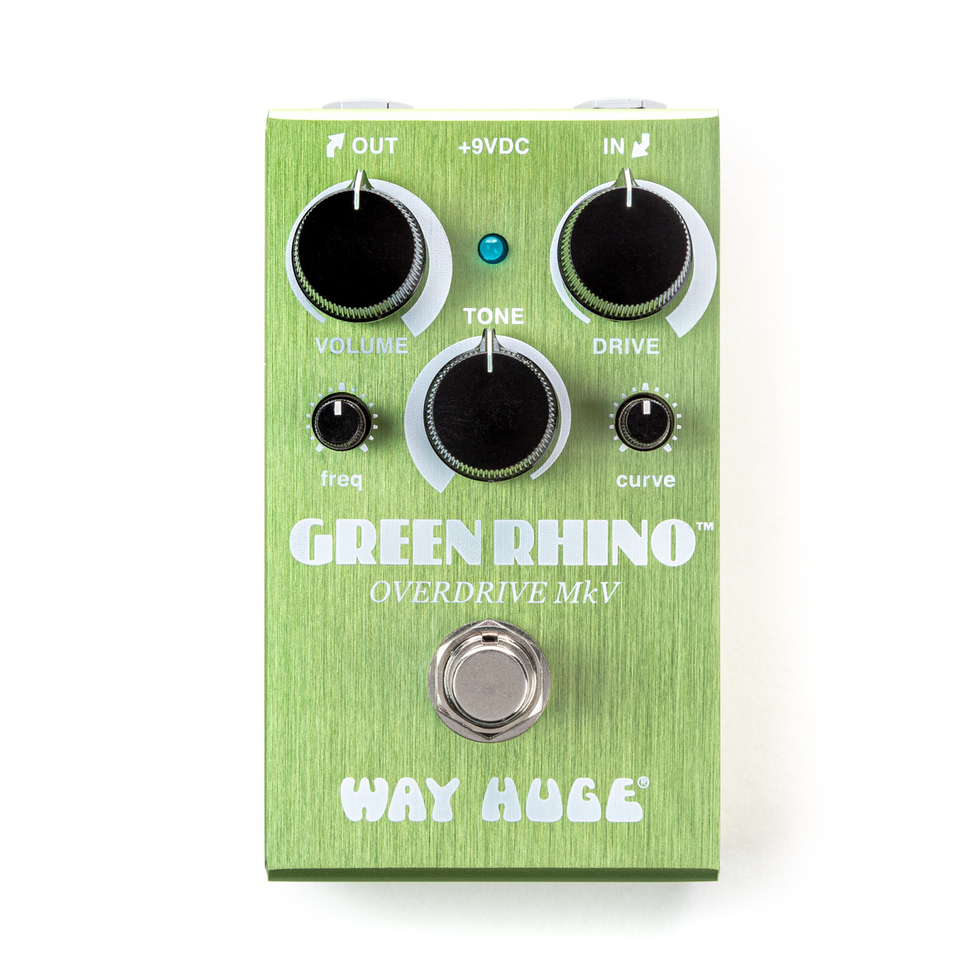
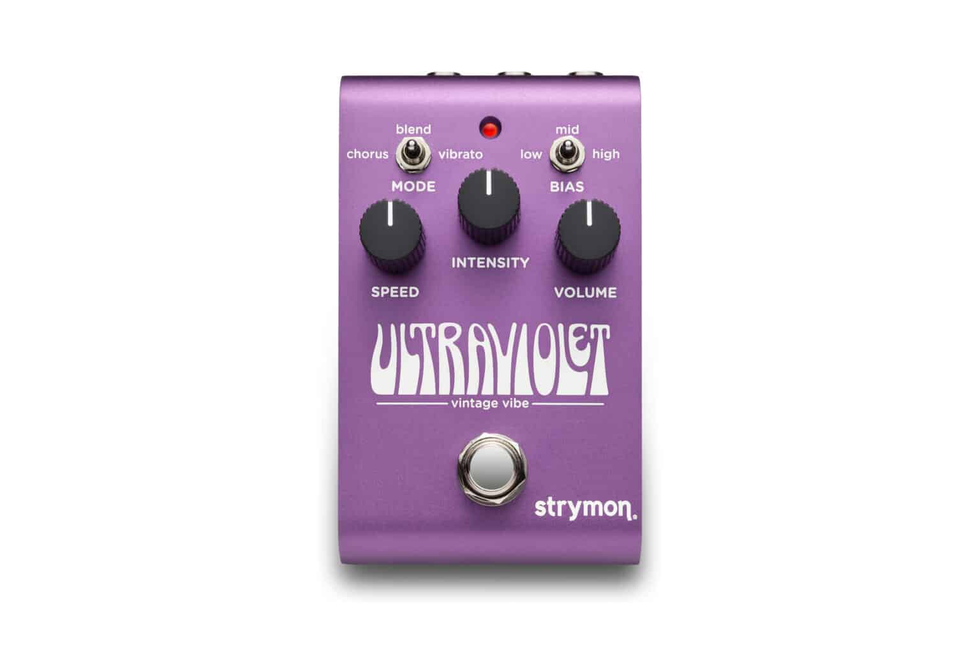
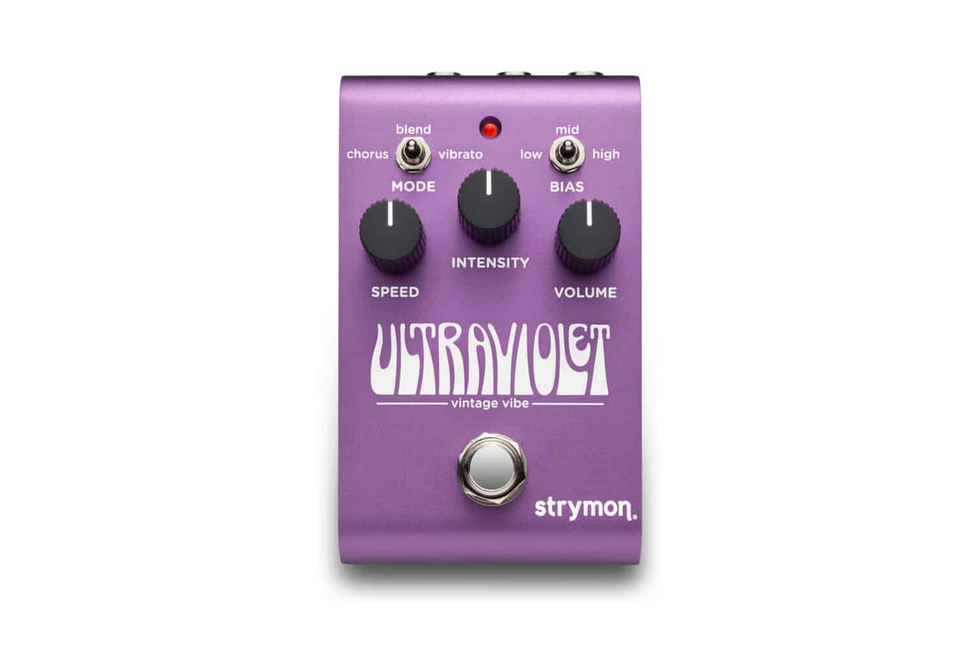
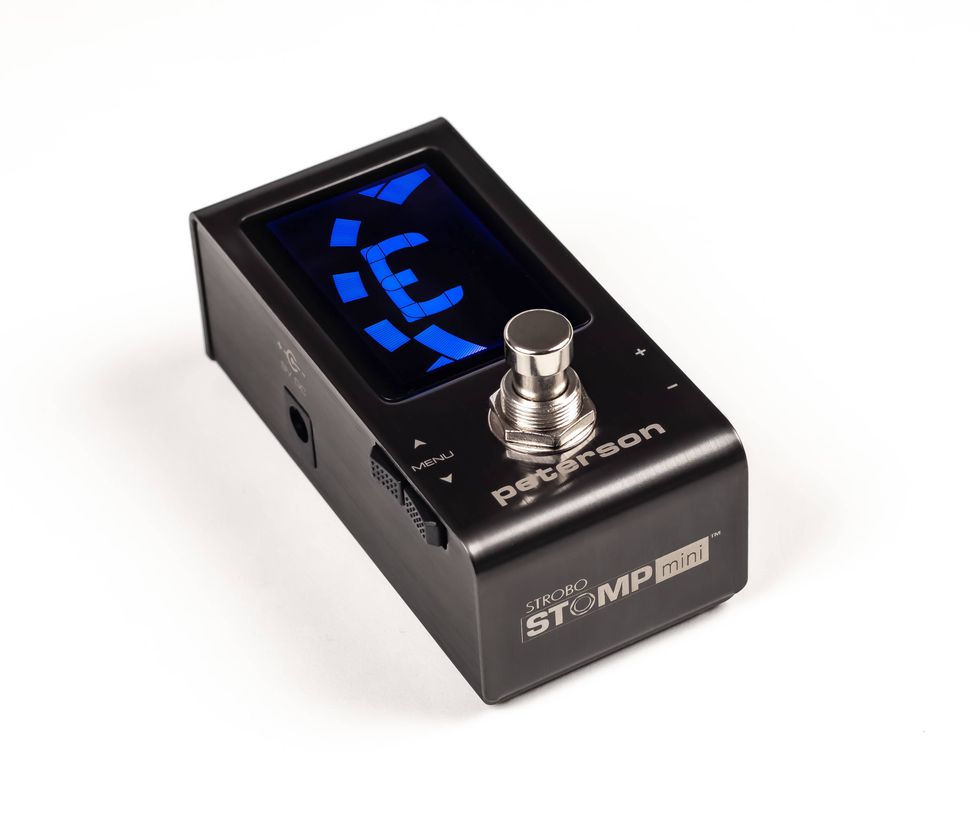
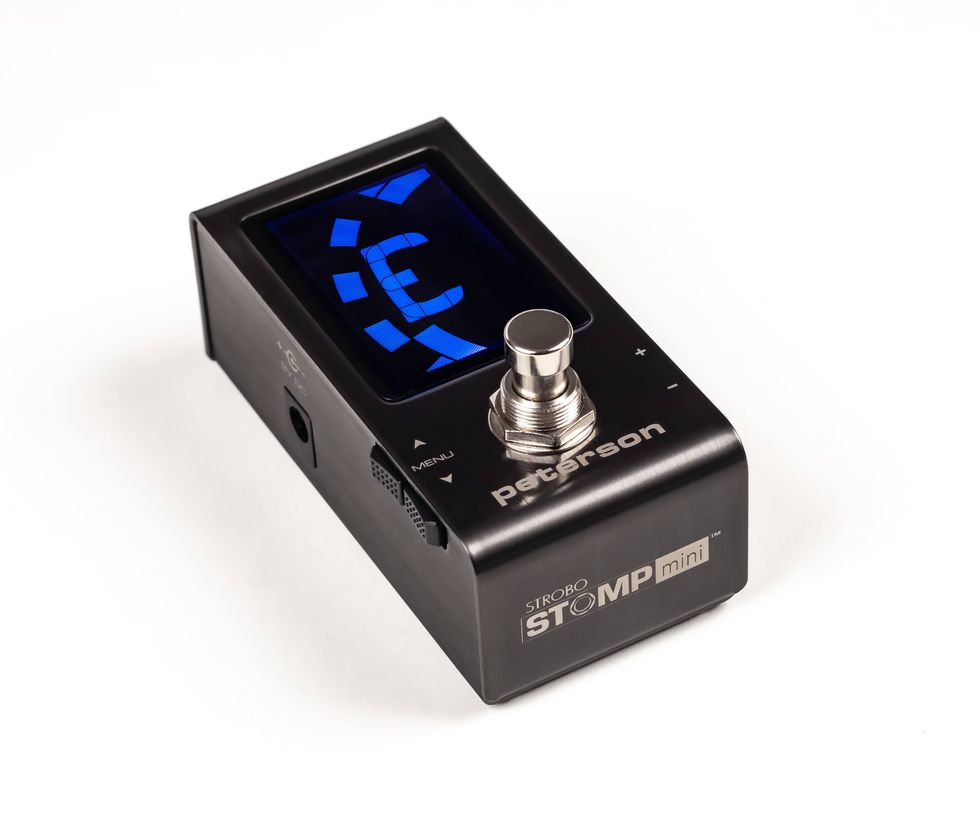
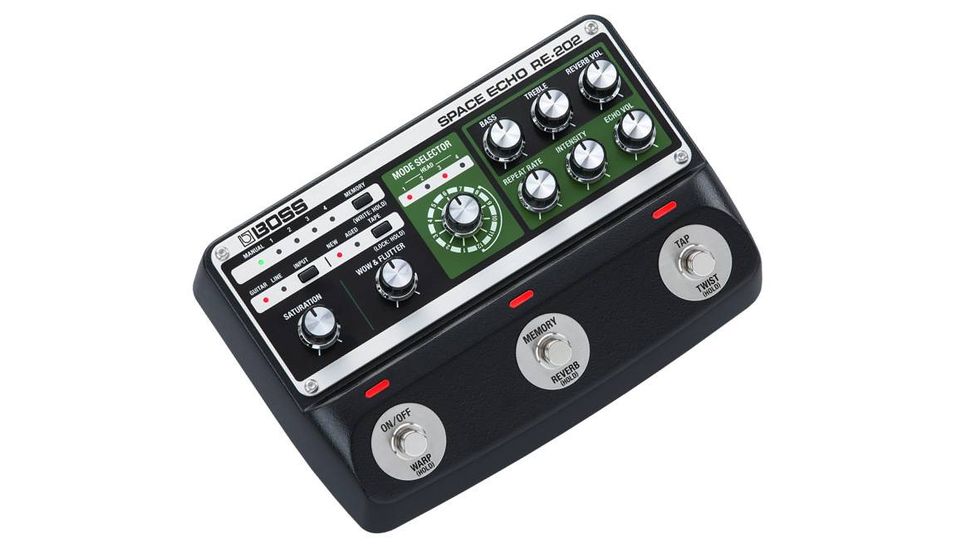
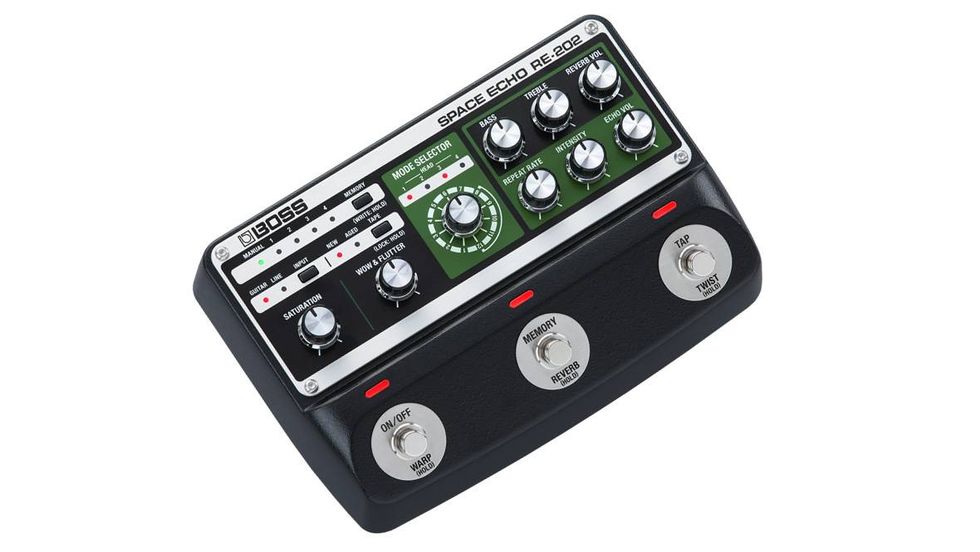
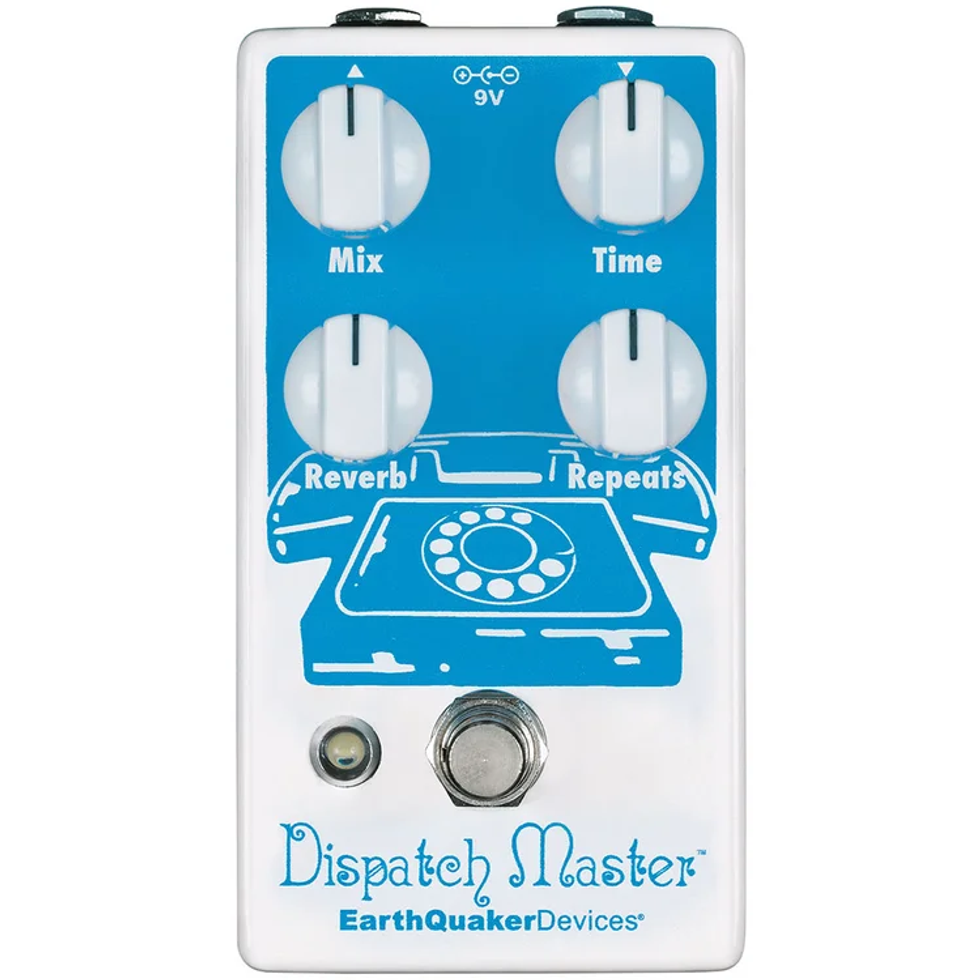
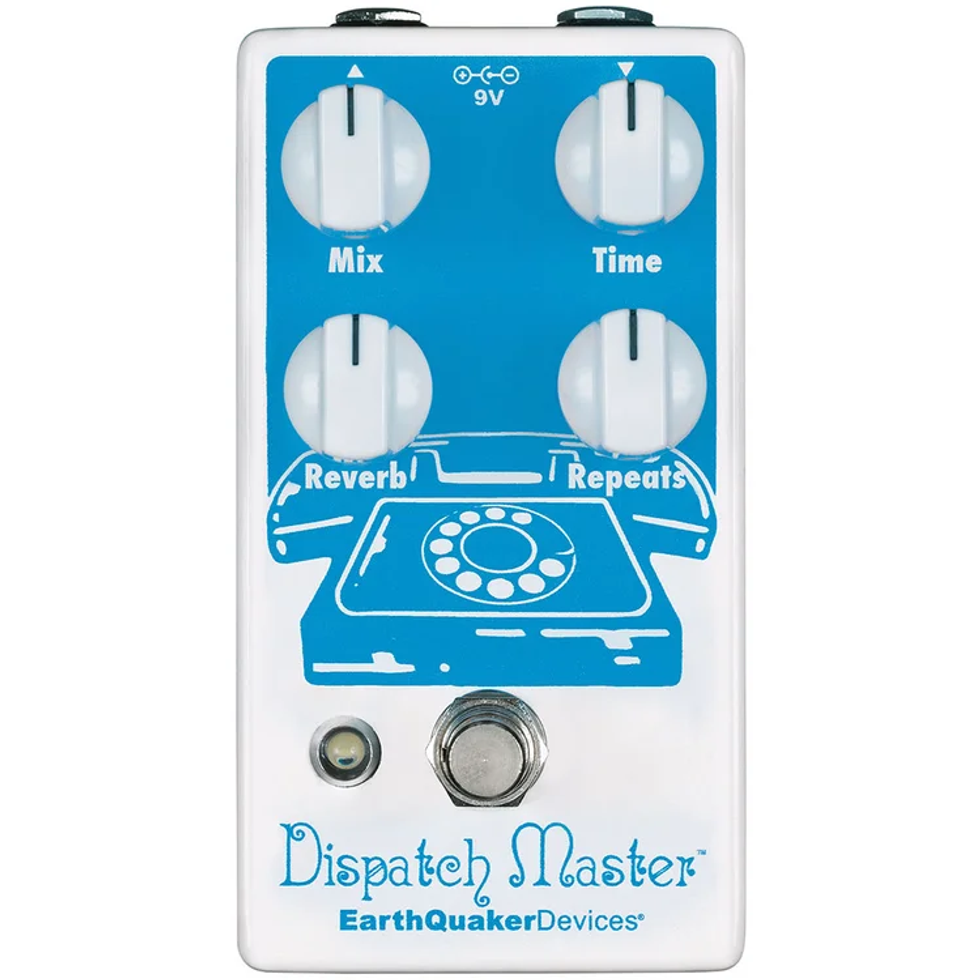
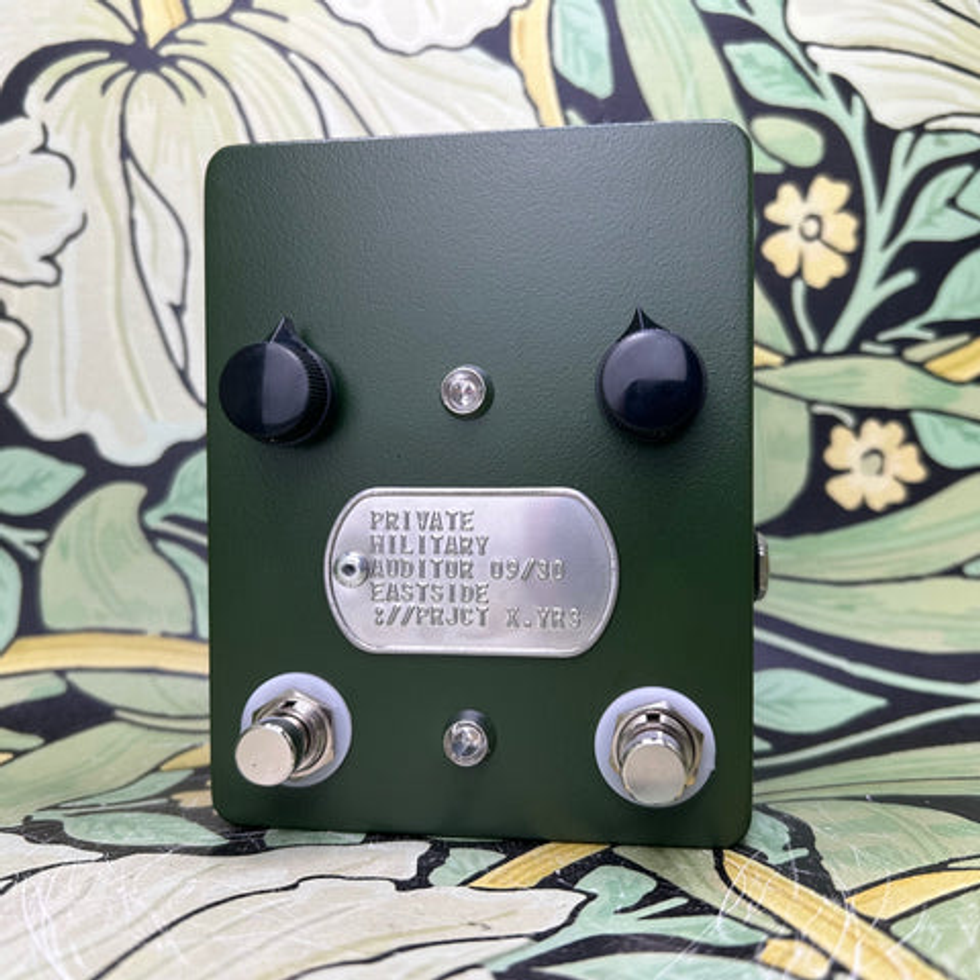
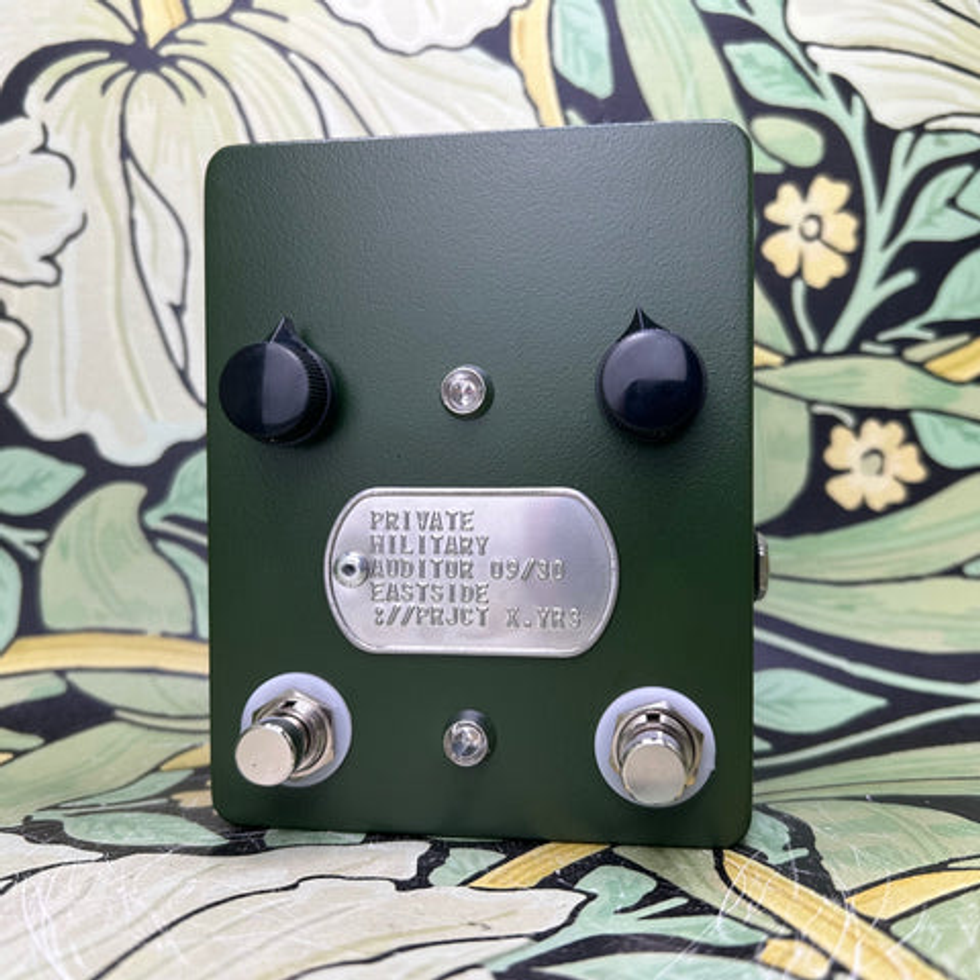
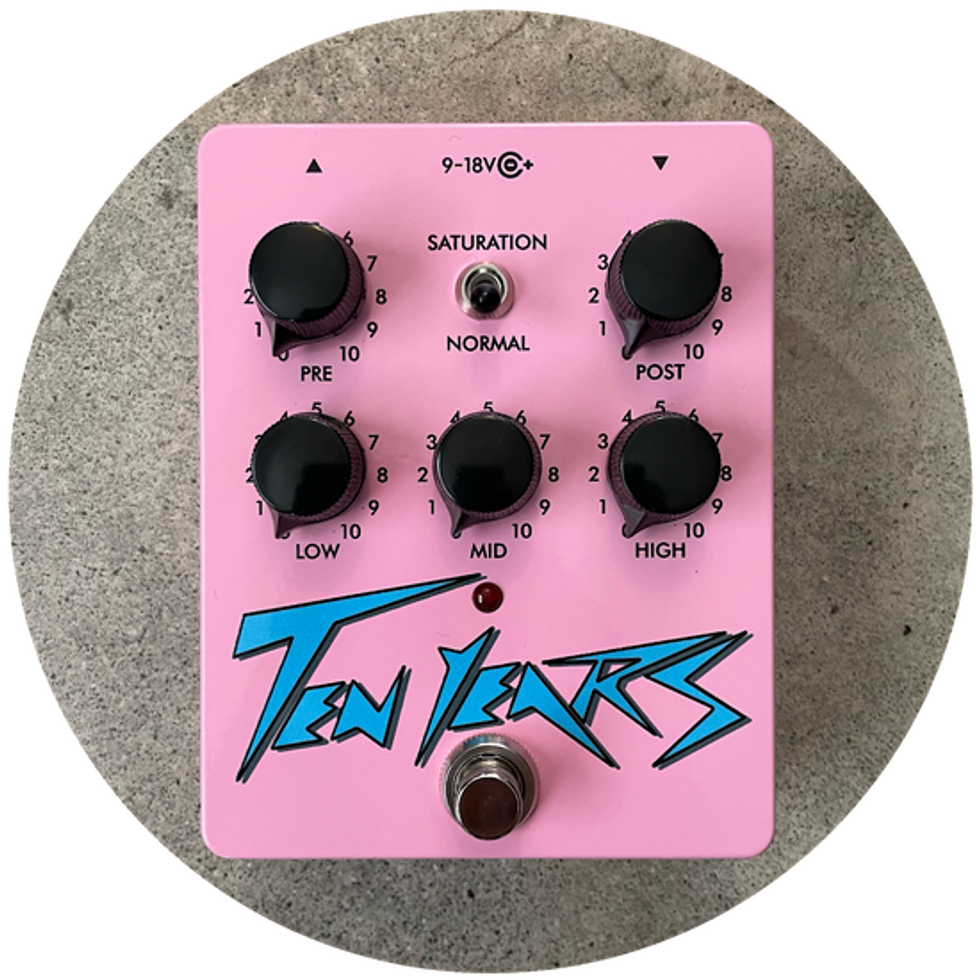
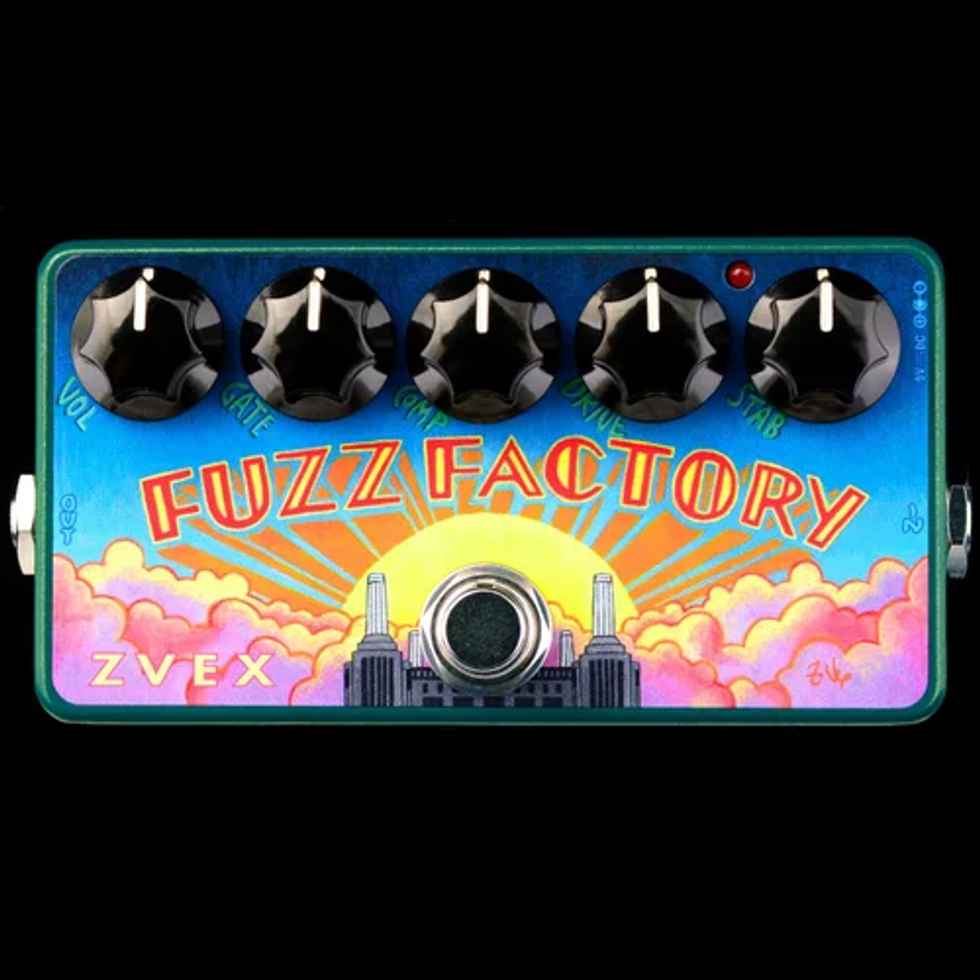
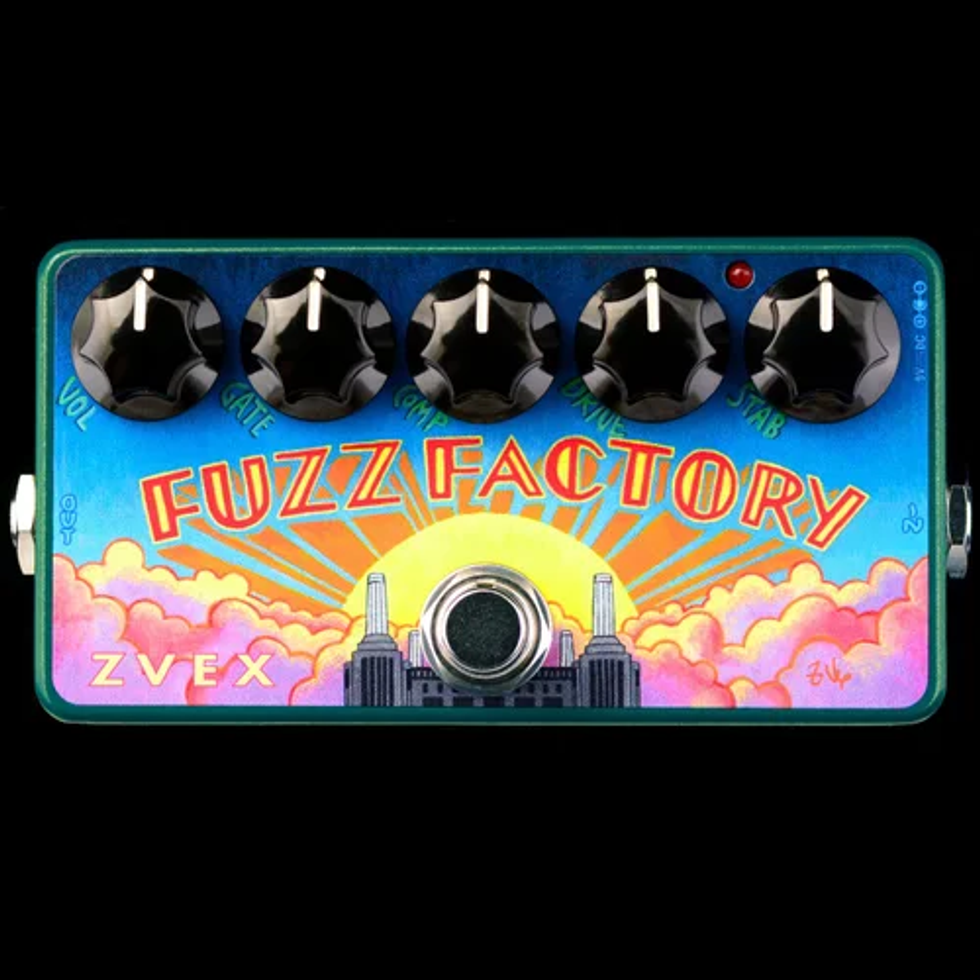
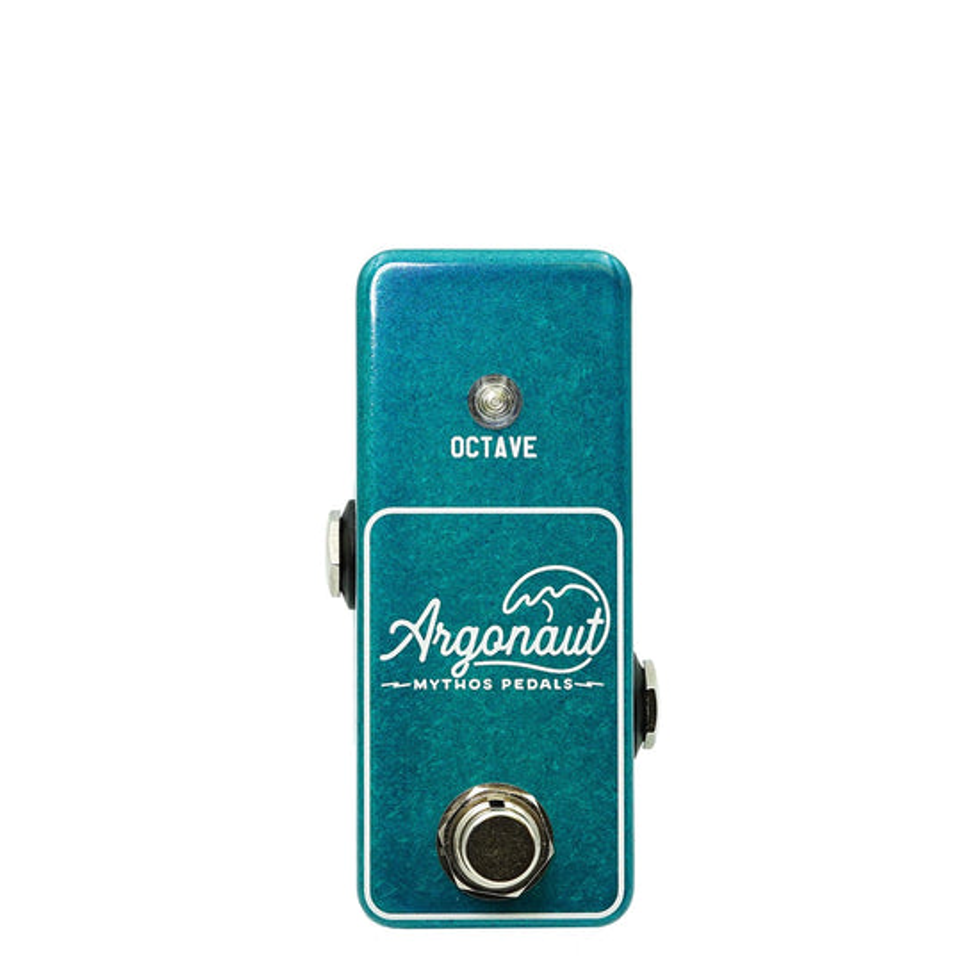
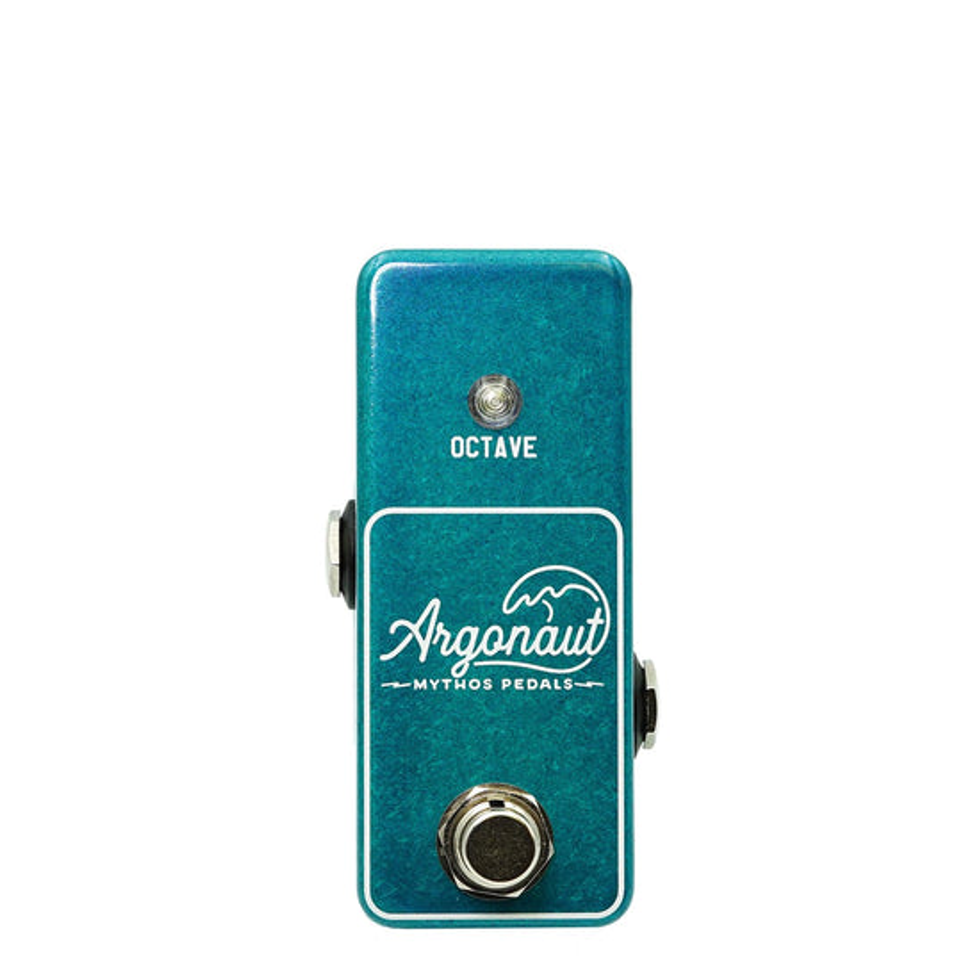
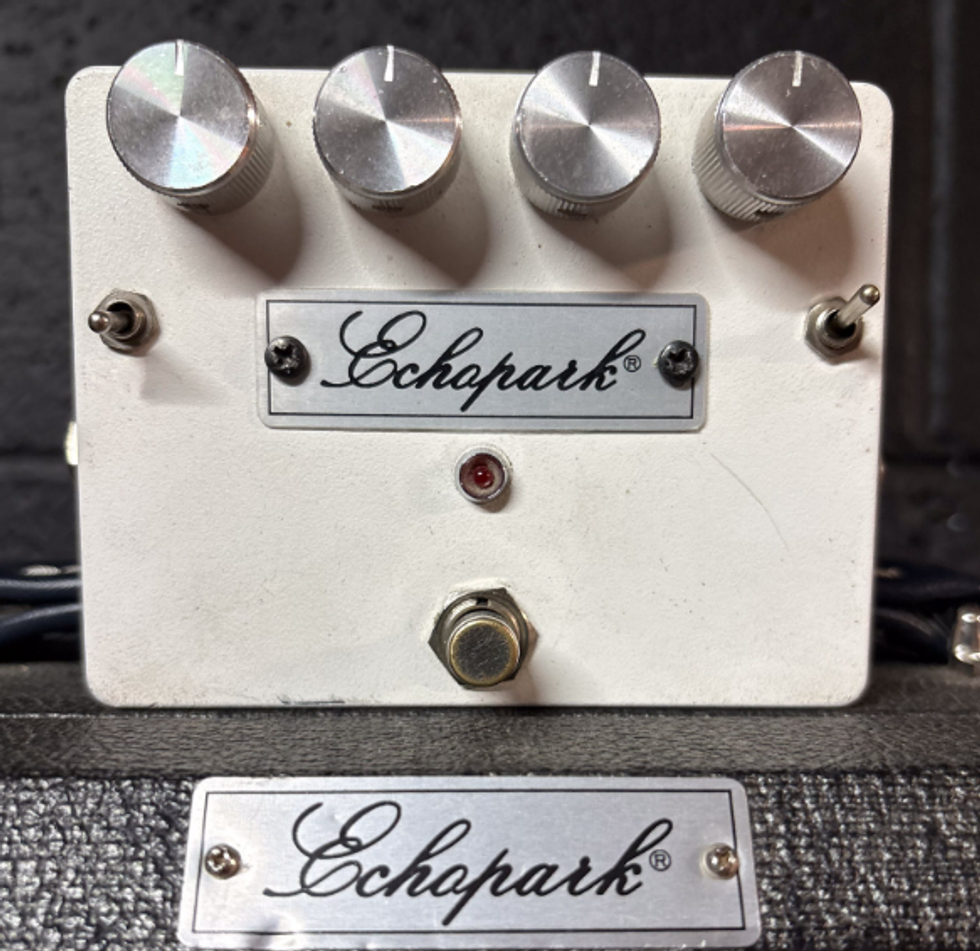
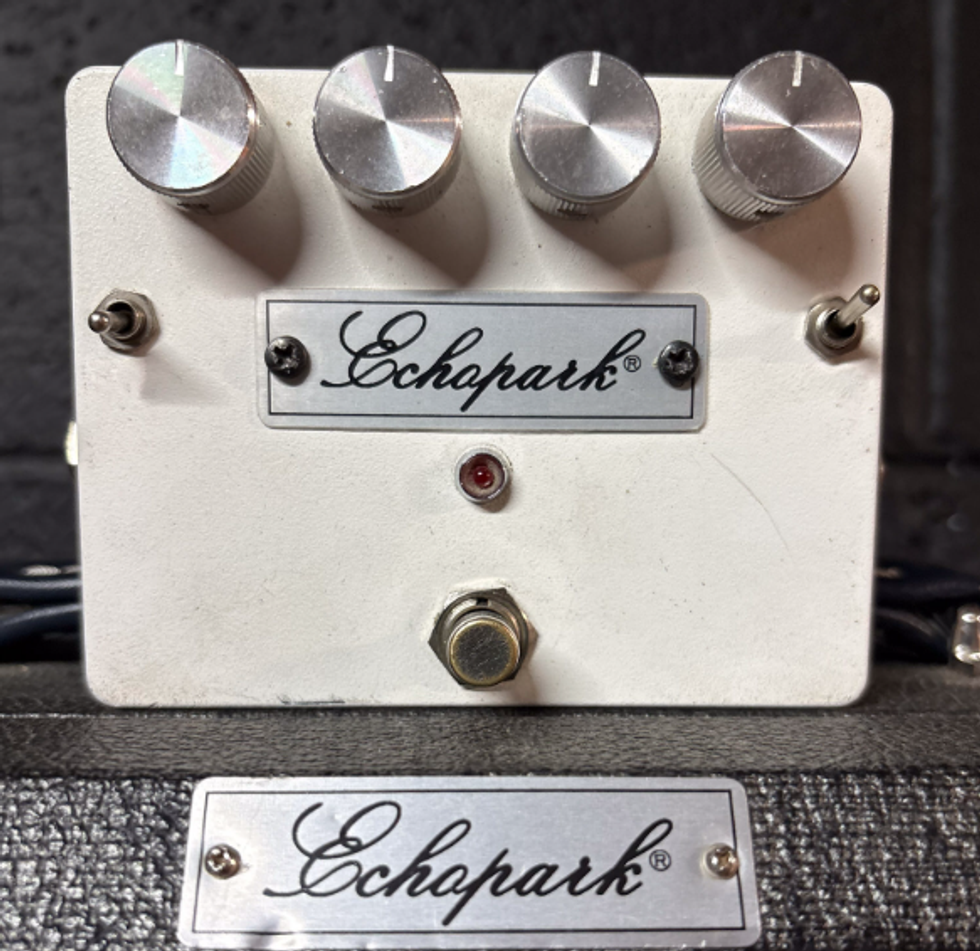








 Zach loves his Sovtek Mig 60 head, which he plays through a cab he built himself at a pipe-organ shop in Denver. Every glue joint is lined with thin leather for maximum air tightness, and it’s stocked with Celestion G12M Greenback speakers.
Zach loves his Sovtek Mig 60 head, which he plays through a cab he built himself at a pipe-organ shop in Denver. Every glue joint is lined with thin leather for maximum air tightness, and it’s stocked with Celestion G12M Greenback speakers.






